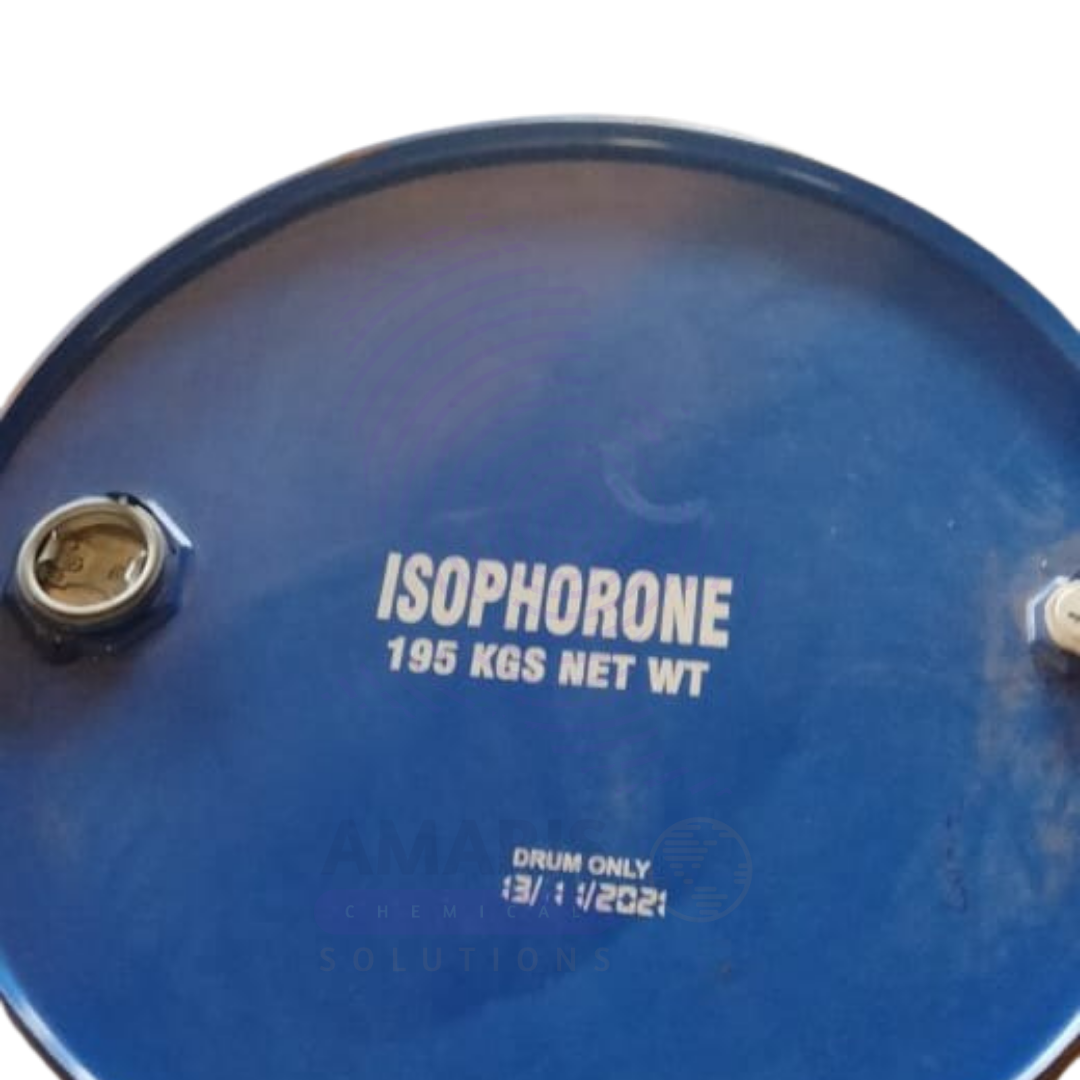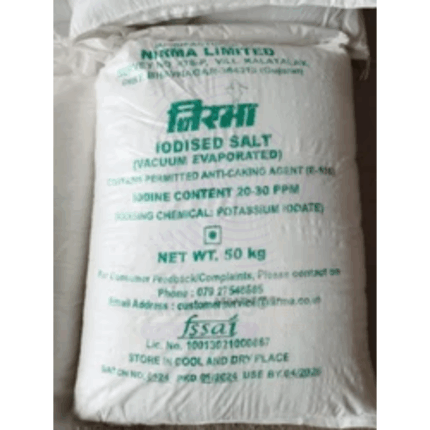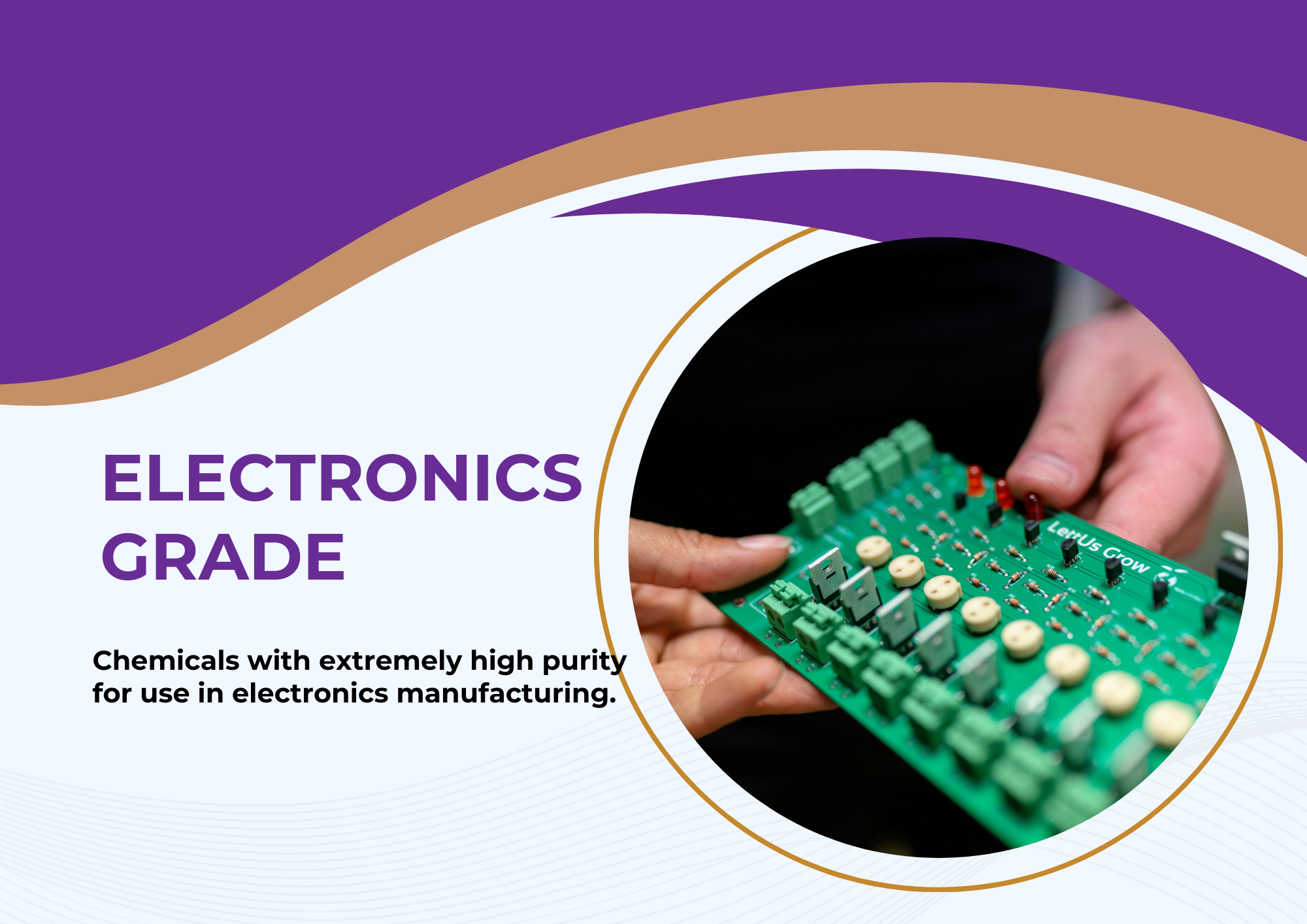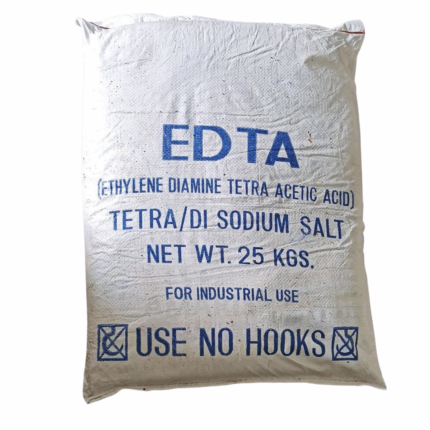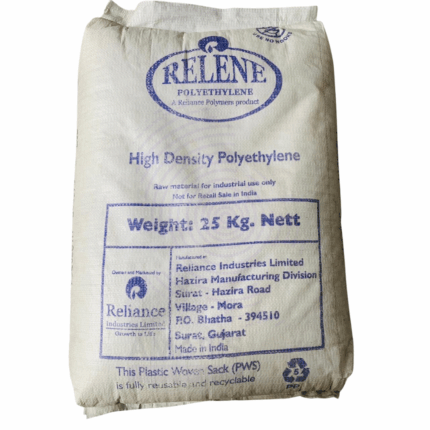Back to products
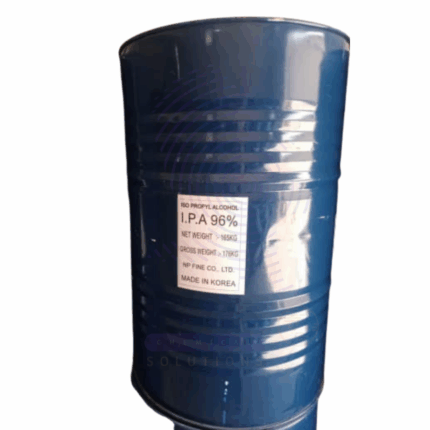

Isopropyl Alcohol Grade Tech
$ 4.00 Original price was: $ 4.00.$ 3.79Current price is: $ 3.79.
Isophorone
Whatsapp Order
Isophorone is a colorless to pale yellow liquid with a pungent, ketone-like odor. Chemically classified as a cyclic α,β-unsaturated ketone (3,5,5-trimethyl-2-cyclohexen-1-one), it is a solvent widely used in industrial applications. It has good solvency properties for resins, paints, coatings, and inks, combined with relatively slow evaporation compared to other ketones. Isophorone is miscible with many organic solvents and used extensively in manufacturing and chemical synthesis.
Description
Table of Contents
Toggle
Isophorone
Primary Uses
- Solvent in Coatings and Paints
- Used as a solvent for paints, varnishes, lacquers, and coatings to dissolve resins and improve application properties.
- Provides slow evaporation rate, improving flow and leveling of coatings.
- Adhesives and Inks
- Employed as a solvent in adhesives and printing inks for enhanced drying and film formation.
- Chemical Intermediate
- Used as an intermediate in the synthesis of herbicides, pesticides, pharmaceuticals, and other organic chemicals.
- Cleaning and Degreasing
- Utilized in industrial cleaning formulations to remove oils, greases, and other residues from metal and machinery parts.
Secondary Uses
- Polymer Industry
- Applied as a solvent or processing aid in polymer synthesis and modification, including polymer coatings and films.
- Laboratory Reagent
- Used as a reagent and solvent in chemical research and analytical laboratories.
- Leather Industry
- Employed in leather processing as a solvent for dyes and finishing agents.
- Textile Industry
- Occasionally used as a solvent for textile dyes and in fabric finishing processes.
KEY ATTRIBUTES
- Basic Identification Attributes
- Chemical Name (IUPAC): 3,5,5-Trimethyl-2-cyclohexen-1-one
- Common/Trade Name: Isophorone
- CAS Number: 78-59-1
- HS Code: 2914.11.00
- Synonyms: 3,5,5-Trimethyl-2-cyclohexen-1-one; β-Isophorone
- Physical & Chemical Properties
- Physical State: Liquid
- Color & Odor: Colorless to pale yellow; pungent ketone-like odor
- Boiling Point: 215–217 °C
- Melting Point: −8 °C
- Density: 0.94 g/cm³ (approx.)
- Solubility: Slightly soluble in water; miscible with most organic solvents
- Vapor Pressure: Moderate at room temperature
- Flash Point: Approximately 81 °C
- Safety & Hazard Attributes
GHS Classification:
- Flammable liquid (Category 3)
- Causes skin irritation and serious eye irritation
- May cause respiratory irritation
- Possible reproductive toxicity
Toxicity:
- Harmful if inhaled or absorbed through skin; prolonged exposure may cause adverse health effects
Exposure Limits:
- Occupational exposure limits vary; use appropriate ventilation and PPE
- Storage & Handling Attributes
Storage Conditions:
- Store in cool, well-ventilated area away from heat, sparks, and open flames
Container Type:
- Stored in tightly closed metal or plastic containers resistant to solvents
Shelf Life:
- Stable under recommended storage conditions for up to 2 years
Handling Precautions:
- Avoid inhalation, skin, and eye contact
- Use personal protective equipment (gloves, goggles, respirator as needed)
- Regulatory & Compliance Attributes
- Complies with chemical safety regulations worldwide (OSHA, REACH, EPA)
- Subject to flammable liquid storage and transportation regulations
- Environmental & Health Impact
- Biodegradability: Moderately biodegradable
- Ecotoxicity: Harmful to aquatic life; avoid release to environment
- Bioaccumulation: Low potential
- Carcinogenicity/Mutagenicity: Not classified as carcinogen
SAFETY HANDLING PRECAUTIONS
- Safety Handling Precautions
PPE Required:
- Chemical-resistant gloves, safety goggles, protective clothing, and respiratory protection if ventilation is inadequate
Handling Guidelines:
- Handle in well-ventilated areas or fume hoods
- Avoid sources of ignition and static discharge
Storage Measures:
- Store away from incompatible substances such as strong oxidizers and acids
- First Aid Measures
- Inhalation: Move to fresh air; seek medical attention if breathing difficulties occur
- Skin Contact: Wash with soap and water; seek medical advice if irritation persists
- Eye Contact: Rinse immediately with water for at least 15 minutes; obtain medical attention
- Ingestion: Do not induce vomiting; rinse mouth and seek medical attention promptly
- Firefighting Measures
- Fire Hazards: Flammable; emits toxic fumes when heated or burning
- Extinguishing Media: Use foam, dry chemical, or carbon dioxide extinguishers
- Special Precautions: Use full protective gear and self-contained breathing apparatus
- Hazardous Combustion Products: Carbon monoxide, carbon dioxide, and other toxic fumes
Related products
Cetomacrogol PEG1000 (Ginonic CSA 20)
Cetomacrogol PEG (Ginonic CSA) is a polyethylene glycol-based nonionic surfactant and emulsifier with an average molecular weight of approximately 1000 Da. It appears as a white to off-white waxy solid or flakes with a neutral odor. This high-quality grade is widely used in cosmetic, pharmaceutical, and personal care formulations due to its excellent emulsifying, solubilizing, and moisturizing properties. Cetomacrogol PEG1000 (Ginonic CSA 20) facilitates stable oil-in-water emulsions, improves product texture and skin feel, and enhances the bioavailability of active ingredients. Its hydrophilic nature and compatibility with a wide range of ingredients make it a versatile additive in creams, lotions, ointments, and topical gels.
Dibutyl Phthalate
Dibutyl Phthalate (DBP) is a colorless, oily liquid with a faint aromatic odor, belonging to the phthalate ester family. It is primarily used as a plasticizer to impart flexibility, durability, and softness to rigid polymers like polyvinyl chloride (PVC). DBP is valued for its excellent compatibility with polymers, good plasticizing efficiency, low volatility, and resistance to extraction by water and oils. Besides plastics, DBP is utilized in coatings, adhesives, printing inks, cosmetics, and other industrial applications. Its moderate cost and versatile performance make it a key chemical in various manufacturing sectors.
Disodium EDTA
Disodium EDTA (Ethylenediaminetetraacetic acid disodium salt) is a white, odorless, crystalline powder known for its strong chelating properties. With a purity of 99%, it is widely used across numerous industries to bind metal ions, improve stability, and enhance performance in formulations. Disodium EDTA is highly soluble in water, slightly acidic to neutral in solution, and stable under standard storage conditions. Its ability to sequester metal ions like calcium, magnesium, and iron makes it a critical additive in food, pharmaceuticals, cosmetics, water treatment, and industrial applications.
HDPE Blow HDB5502
HDPE Blow HDB5502 is a high-density polyethylene resin specifically formulated for blow molding applications. It is a semi-crystalline thermoplastic polymer characterized by excellent strength-to-density ratio, high chemical resistance, and superior processability in blow molding equipment. This grade exhibits high stiffness, good environmental stress crack resistance (ESCR), and excellent impact resistance, making it ideal for manufacturing durable hollow containers and complex-shaped products. The resin is supplied as granular pellets with consistent melt flow and homogeneity, optimized for efficient molding cycles and high throughput.
LLDPE Roto T3804U MFI/MFR
LLDPE Roto T3804U MFI/MFR is a linear low-density polyethylene resin designed specifically for rotational molding applications. It offers excellent melt flow characteristics (MFI/MFR) that facilitate even melting and smooth flow in the mold, producing parts with uniform thickness and good mechanical properties. This grade provides superior impact strength, flexibility, and chemical resistance, making it ideal for manufacturing large hollow items such as tanks, containers, and playground equipment. Its tailored flow properties enable high-quality surface finishes and improved production efficiency in roto molding processes.
N-Butanol
N-Butanol (1-butanol) is a four-carbon linear alcohol with the chemical formula C₄H₉OH. It is a colorless, flammable liquid with a mild, alcoholic odor. N-Butanol is widely used as a solvent in paints, coatings, adhesives, and chemical synthesis. It serves as an intermediate in the manufacture of plasticizers, butyl acrylate, and other chemicals. Its moderate volatility and solvent properties make it valuable in industrial and commercial applications.
Stearic Acid-Hystric
Stearic Acid Hystric Grade is a specialized form of stearic acid, refined to meet high-quality standards for industrial and cosmetic applications. Known for its superior purity and consistency, this grade is widely used as an emulsifier, lubricant, and processing aid. Its enhanced physical properties ensure improved performance in formulations requiring stable viscosity and texture, particularly in cosmetics, rubber, and plastics industries.
White Mineral Oil Pharma
White Mineral Oil Pharma is a highly refined, colorless, odorless, and tasteless mineral oil meeting pharmaceutical-grade specifications. It is purified through extensive refining processes to ensure safety and compliance for use in pharmaceutical, cosmetic, and food industries. Known for its excellent lubricity, stability, and inertness, it serves as a versatile base or carrier oil in a wide range of formulations.


 Preservatives(food)
Preservatives(food) Flavor Enhancers
Flavor Enhancers Acidulants
Acidulants Sweeteners
Sweeteners Antioxidants
Antioxidants Colorants(food)
Colorants(food) Nutraceutical Ingredients (food)
Nutraceutical Ingredients (food) Nutrient Supplements
Nutrient Supplements Emulsifiers
Emulsifiers
 Collectors
Collectors Dust Suppressants
Dust Suppressants Explosives and Blasting Agents
Explosives and Blasting Agents Flocculants and Coagulants
Flocculants and Coagulants Frothers
Frothers Leaching Agents
Leaching Agents pH Modifiers
pH Modifiers Precious Metal Extraction Agents
Precious Metal Extraction Agents
 Antioxidants(plastic)
Antioxidants(plastic) Colorants (Pigments, Dyes)
Colorants (Pigments, Dyes) Fillers and Reinforcements
Fillers and Reinforcements Flame Retardants
Flame Retardants Monomers
Monomers Plasticizers
Plasticizers Polymerization Initiators
Polymerization Initiators Stabilizers (UV, Heat)
Stabilizers (UV, Heat)
 Antifoaming Agents
Antifoaming Agents Chelating Agents
Chelating Agents Coagulants and Flocculants
Coagulants and Flocculants Corrosion Inhibitors
Corrosion Inhibitors Disinfectants and Biocides
Disinfectants and Biocides Oxidizing Agents
Oxidizing Agents pH Adjusters
pH Adjusters Scale Inhibitors( water)
Scale Inhibitors( water)
 Antioxidants(cosmetic)
Antioxidants(cosmetic) Emollients
Emollients Fragrances and Essential Oils
Fragrances and Essential Oils Humectants
Humectants Preservatives
Preservatives Surfactants(cosmetic)
Surfactants(cosmetic) Thickeners
Thickeners UV Filters
UV Filters
 Fertilizers
Fertilizers Soil Conditioners
Soil Conditioners Plant Growth Regulators
Plant Growth Regulators Animal Feed Additives
Animal Feed Additives Biostimulants
Biostimulants Pesticides (Herbicides, Insecticides, Fungicides)
Pesticides (Herbicides, Insecticides, Fungicides)
 Active Pharmaceutical Ingredients (APIs)
Active Pharmaceutical Ingredients (APIs) Excipients
Excipients Solvents(pharmaceutical)
Solvents(pharmaceutical) Antibiotics
Antibiotics Antiseptics and Disinfectants
Antiseptics and Disinfectants Vaccine Adjuvants
Vaccine Adjuvants Nutraceutical Ingredients (pharmaceutical)
Nutraceutical Ingredients (pharmaceutical) Analgesics & Antipyretics
Analgesics & Antipyretics
 Analytical Reagents
Analytical Reagents Solvents(lab)
Solvents(lab) Chromatography Chemicals
Chromatography Chemicals Spectroscopy Reagents
Spectroscopy Reagents microbiology-and-cell-culture-reagents
microbiology-and-cell-culture-reagents Molecular Biology Reagents
Molecular Biology Reagents Biochemical Reagents
Biochemical Reagents Inorganic and Organic Standards
Inorganic and Organic Standards Laboratory Safety Chemicals
Laboratory Safety Chemicals Specialty Laboratory Chemicals(Special Laboratory Equipment)
Specialty Laboratory Chemicals(Special Laboratory Equipment)
 Demulsifiers
Demulsifiers Hydraulic Fracturing Fluids
Hydraulic Fracturing Fluids Scale Inhibitors(oil)
Scale Inhibitors(oil) Surfactants(oil)
Surfactants(oil) Drilling Fluids
Drilling Fluids
 Dyes and Pigments
Dyes and Pigments Bleaching Agents
Bleaching Agents Softening Agents
Softening Agents Finishing Agents
Finishing Agents Antistatic Agents
Antistatic Agents
 Admixtures
Admixtures Waterproofing Agents
Waterproofing Agents Sealants and Adhesives
Sealants and Adhesives Curing Compounds
Curing Compounds Concrete Repair Chemicals
Concrete Repair Chemicals Anti-Corrosion Coatings
Anti-Corrosion Coatings
 Surfactants(cleaning)
Surfactants(cleaning) Builders
Builders Enzymes
Enzymes Solvents (Cleaning)
Solvents (Cleaning) Fragrances
Fragrances
 Electronic Chemicals
Electronic Chemicals Catalysts
Catalysts Lubricants
Lubricants Photographic Chemicals
Photographic Chemicals Refrigerants
Refrigerants Automotive chemicals
Automotive chemicals Pyrotechnic Chemicals
Pyrotechnic Chemicals
 Biodegradable Surfactants
Biodegradable Surfactants Bio-based Solvents
Bio-based Solvents Renewable Polymers
Renewable Polymers Carbon Capture Chemicals
Carbon Capture Chemicals Wastewater Treatment Chemicals
Wastewater Treatment Chemicals
 Pigments
Pigments Solvents(paint)
Solvents(paint) Specialty Coatings
Specialty Coatings Binders/Resins
Binders/Resins Additives
Additives Driers
Driers Anti-Corrosion Agents
Anti-Corrosion Agents Functional Coatings
Functional Coatings Application-Specific Coatings
Application-Specific Coatings
 Fresh Herbs
Fresh Herbs Ground Spices
Ground Spices Whole Spices
Whole Spices Spice Blends
Spice Blends Dried Herbs
Dried Herbs
 Leavening Agents
Leavening Agents Dough Conditioners
Dough Conditioners Flour Treatments
Flour Treatments Fat Replacers
Fat Replacers Decoratives
Decoratives Preservatives(baking)
Preservatives(baking)
 Plasticizers & Softeners
Plasticizers & Softeners Reinforcing Agents
Reinforcing Agents Adhesion Promoters
Adhesion Promoters Vulcanizing Agents
Vulcanizing Agents Antidegradants
Antidegradants Blowing Agents
Blowing Agents Fillers & Extenders
Fillers & Extenders Accelerators & Retarders
Accelerators & Retarders